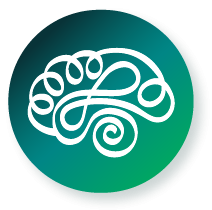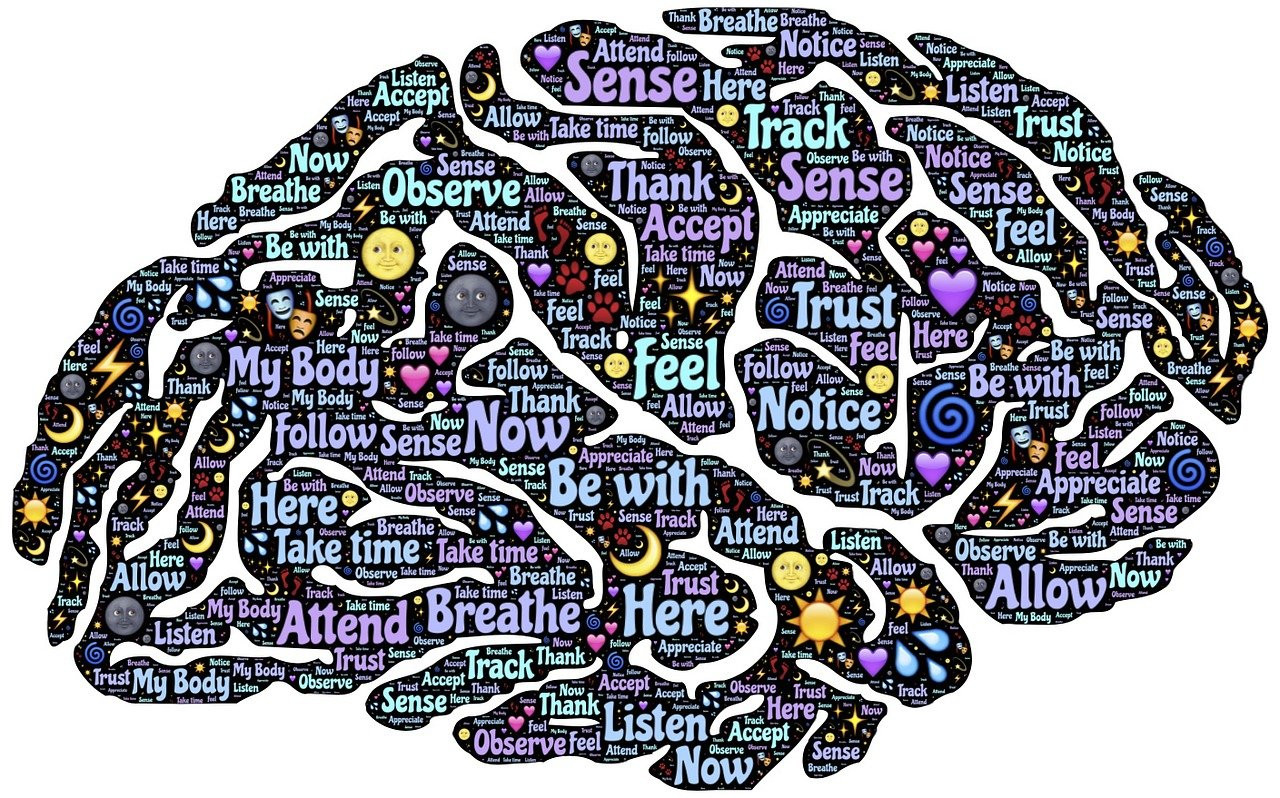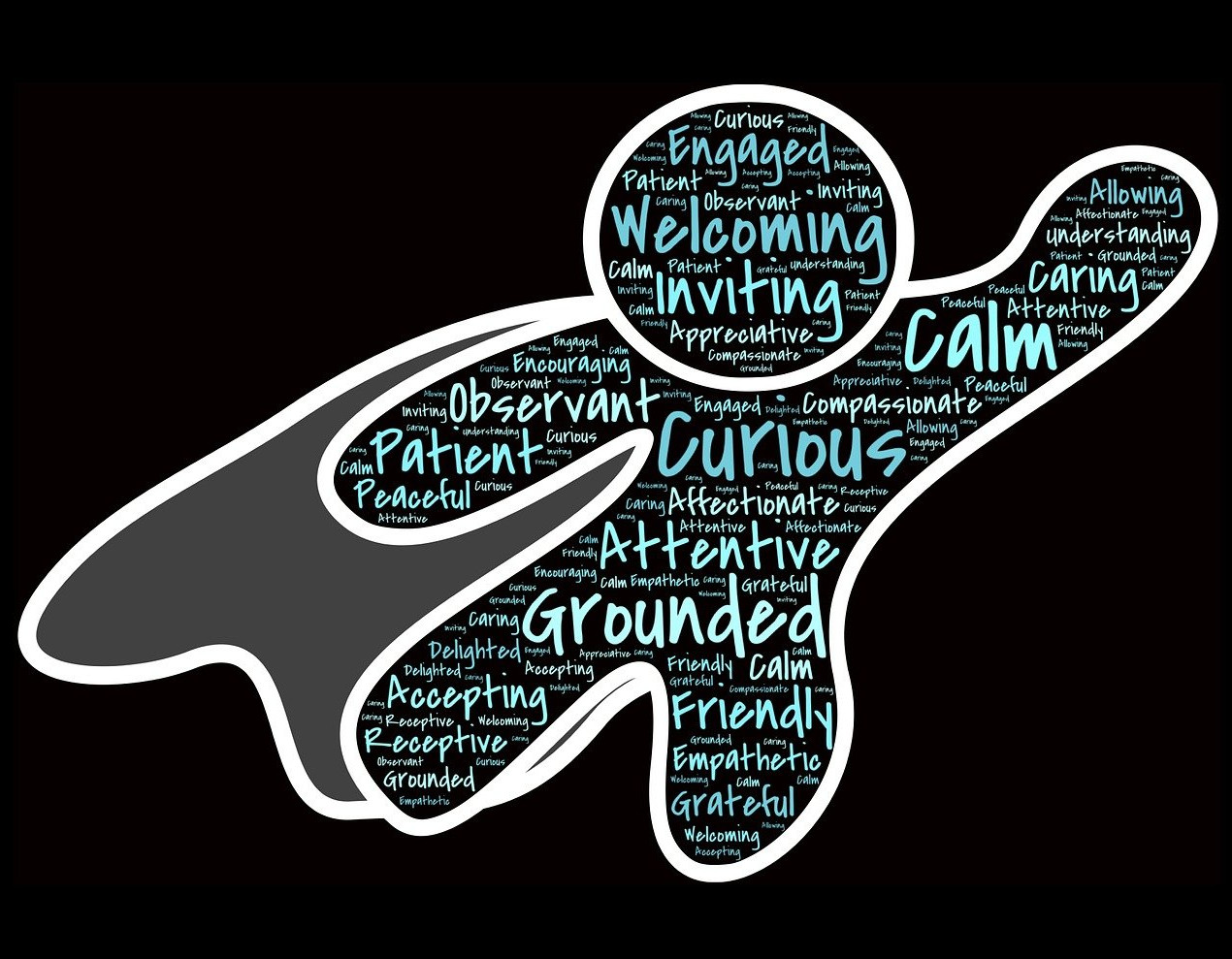In the hustle and bustle of our daily lives, it's easy to get caught up in the never-ending to-do lists, deadlines, and the constant pursuit of our goals. However, taking a moment to pause and reflect on the things we're thankful for can be a powerful exercise in cultivating gratitude. Gratitude, the simple act of acknowledging and appreciating the positive aspects of our lives, has the potential to bring about profound changes in our overall well-being. The Power of Gratitude - Gratitude is not just a fleeting emotion; it's a mindset that can be developed and nurtured over time. Research has shown that practicing gratitude can lead to a multitude of benefits, both physical and psychological. From improved mental health to enhanced relationships and even better sleep, the effects of gratitude are far-reaching.Health and Well-being- One of the most compelling reasons to embrace gratitude is its positive impact on our health. When we take the time to recognize and express thanks for the good things in our lives, our stress levels tend to decrease. Lower stress, in turn, has been linked to a stronger immune system, better cardiovascular health, and improved overall well-being.Relationships and Connection- Gratitude also plays a pivotal role in strengthening our relationships. Expressing thanks to the people around us fosters a sense of connection and builds a positive atmosphere. Whether it's a heartfelt "thank you" to a friend who offered a listening ear or a note of appreciation to a family member, these small gestures can deepen our connections with others.Personal Growth and Resilience- Acknowledging what we're thankful for can be a powerful tool for personal growth and resilience. In challenging times, focusing on the positive aspects of our lives can help shift our perspective. It's not about denying the difficulties we face but rather about finding strength and resilience in the face of adversity.What Am I Thankful For?As I take a moment to reflect on what I'm thankful for, a myriad of thoughts and emotions flood my mind. At the top of my list is the unwavering support of my family. Their love and encouragement have been the bedrock of my journey, providing me with the strength to navigate life's ups and downs.I'm thankful for the friendships that have stood the test of time and distance. These relationships have been a source of joy, laughter, and shared experiences. In a world that often feels chaotic, having a network of supportive friends is a treasure beyond measure. Career milestones and achievements also find a place on my gratitude list. The opportunities to learn, grow, and contribute in my professional life have not only shaped my identity but have also allowed me to make a positive impact on others. The challenges I've faced in my career have been instrumental in my personal development, teaching me resilience and perseverance.Nature's wonders are another source of gratitude in my life. The breathtaking beauty of a sunrise, the calming presence of a forest, or the rhythmic sound of ocean waves – these natural wonders remind me of the magnificence of the world we live in. They offer moments of solace and reflection in a fast-paced world. Health, often taken for granted, is a gift that I am profoundly thankful for. The ability to wake up each day, to move, to breathe, and to experience life in all its richness is a blessing that deserves acknowledgment. It's a reminder to cherish and take care of the vessel that carries us through our life's journey.Cultivating Gratitude in Daily LifeWhile reflecting on what I'm thankful for is a valuable exercise, incorporating gratitude into my daily life is equally important. Here are a few practices that have helped me cultivate gratitude:1. Keeping a daily or weekly gratitude journal allows me to jot down the things I'm thankful for. It serves as a tangible reminder of the positive aspects of my life.2. Taking the time to express my gratitude to others has become a regular part of my routine. Whether through a simple "thank you" text or a heartfelt note, expressing appreciation strengthens my relationships.3. Incorporating mindfulness into my daily life has been transformative. Taking a few moments each day to pause, breathe, and reflect on the present helps me appreciate the small joys that often go unnoticed.4. Engaging in acts of kindness, whether big or small, not only benefits others but also brings a sense of fulfillment and gratitude. It's a reminder of the positive impact we can have on the world around us.In a world that often emphasizes the pursuit of more, taking a step back to recognize and appreciate what we already have can be a game-changer. Gratitude is not just a one-time reflection but a continuous journey of acknowledging the richness of our lives.As I delve into the depths of what I'm thankful for, I am reminded that gratitude is a dynamic force. It has the power to transform our perspective, enhance our well-being, and foster connections with the world and those around us. So, what am I thankful for? The answer is a tapestry woven with the threads of love, connection, opportunity, and the beauty that surround us everyday. Contributed by Avinash Naik, who is currently pursuing Bachelor of Science in Psychology at Krea University. His interests include writing poetry and theatre.Carpediem would like to acknowledge the use of photo by Johnhain on Pixabay



















